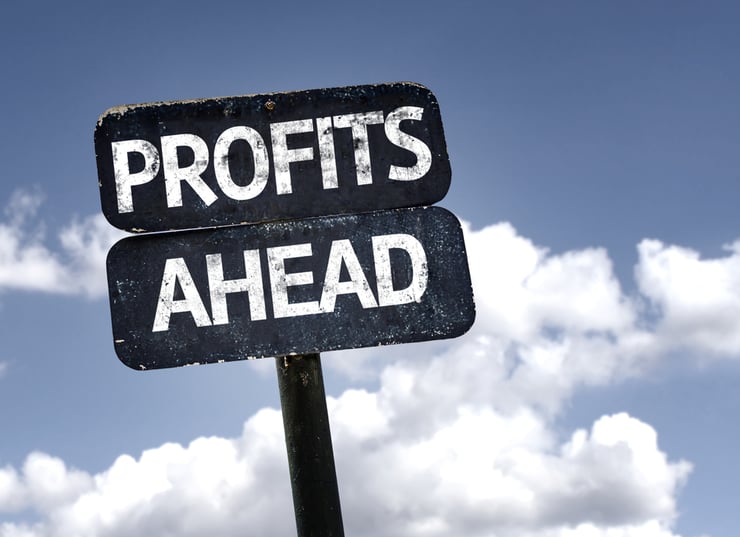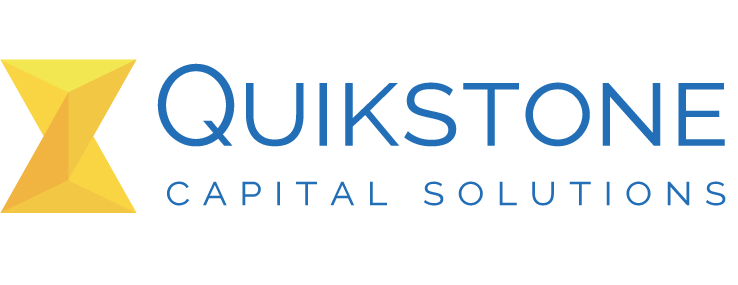 Your business's profit margin measures the percentage of revenue you keep after paying all your outgoing expenses. It sounds simple but understanding your profit margin is critical to running a successful business.
Your business's profit margin measures the percentage of revenue you keep after paying all your outgoing expenses. It sounds simple but understanding your profit margin is critical to running a successful business.
Your profit margin shows you exactly how much profit your business has generated for each dollar of sales. Tracking your profit margin can help you monitor your company's health and make better business decisions in the future. Changes in your profit margin can also help you quickly flag and resolve financial issues.
There are three ways to look at your profit margin:
Net Profit Margin
This is your bottom line. The Net Profit Margin is the total amount of revenue left after you deduct all expenses and income, including the cost of goods sold, operational expenses, debts, and taxes.
You can use your net profit margin to determine your company's profitability and measure how much profit your business generates from your total revenue.
You can calculate your Net Profit Margin with this formula.
Net Profit Margin = (Net Income / Revenue) X 100
Gross Profit Margin
Gross profit margin is one of the most straightforward profitability metrics. It defines profit simply as the income remaining after you've paid for the cost of goods sold. You won't use your Gross Profit Margin to calculate the profit margin for your business as a whole; instead, use your Gross Profit Margin to determine the profitability of a single product or service.
To determine the Gross Profit Margin for your business, use this formula:
Gross Margin = [(Total Revenue – Cost of Goods Sold) / Total Revenue] X 100
Operating Profit Margin
Your Operating Profit Margin takes into account the operating expenses for your business, including overhead, administrative and sales expenses for your day-to-day business operations. It does not include debt, taxes, or other non-operating costs.
To calculate your Operating Profit Margin, use this formula:
Operating Profit Margin = (Operating Income / Revenue) X 100
What Is A Good Profit Margin?
While a good profit margin varies by industry, an analysis by New York University reported that the average net profit margin for retail is 2.65%. In comparison, the average margin for restaurants is 12.63%.
It's essential to know and track your profit margins at all times. Monitoring your profit margins shows your business's health and tells you if your company can grow. Additionally, reviewing your business's year-to-year profit margins is essential to ensure that you are on solid financial footing.
Since 2005, Quikstone Capital Solutions has been a trusted business advisor to thousands of merchants across the country. Quikstone has provided these businesses with millions of dollars in working capital for all their business needs, including adding new technologies, purchasing inventory, creating unique advertising and promotions, hiring additional staff, and improving cash flow.
A cash advance from Quikstone is not a loan; it's a sales transaction – the purchase of a small portion of future credit card sales. If you process credit cards, you could qualify for as much as $250,000. There's a simple one-page application, and no collateral is needed.
Use our ROI calculator to determine how an investment in your business through a cash advance from Quikstone can help you grow.
Quikstone also offers you a no-cost or obligation consultation to discuss how a cash advance can improve the financial health of your business, contact us today.





